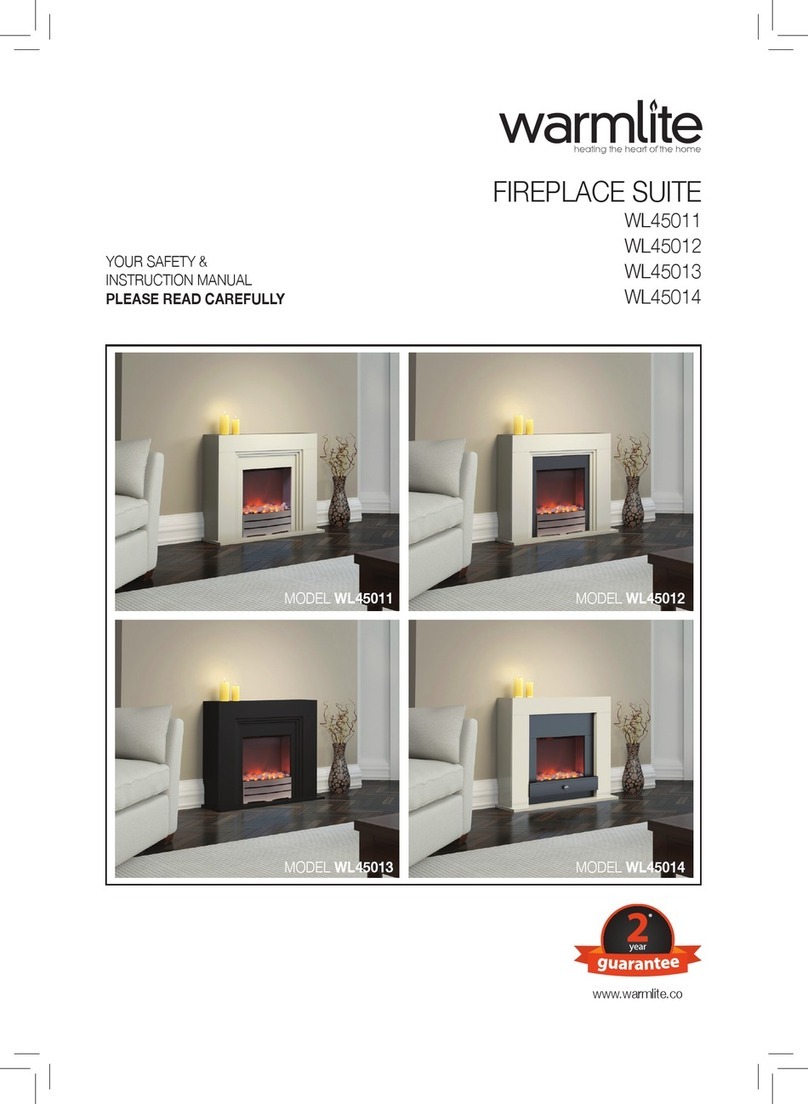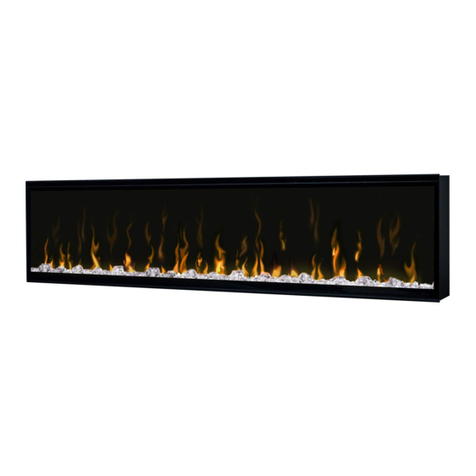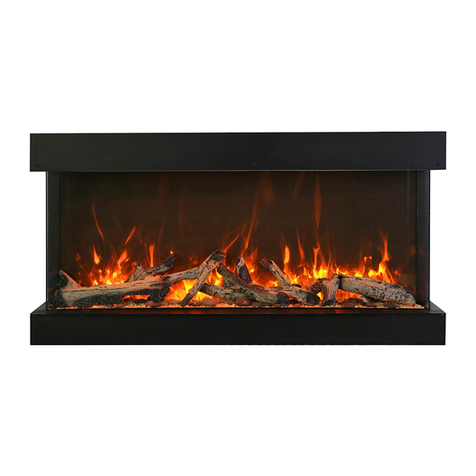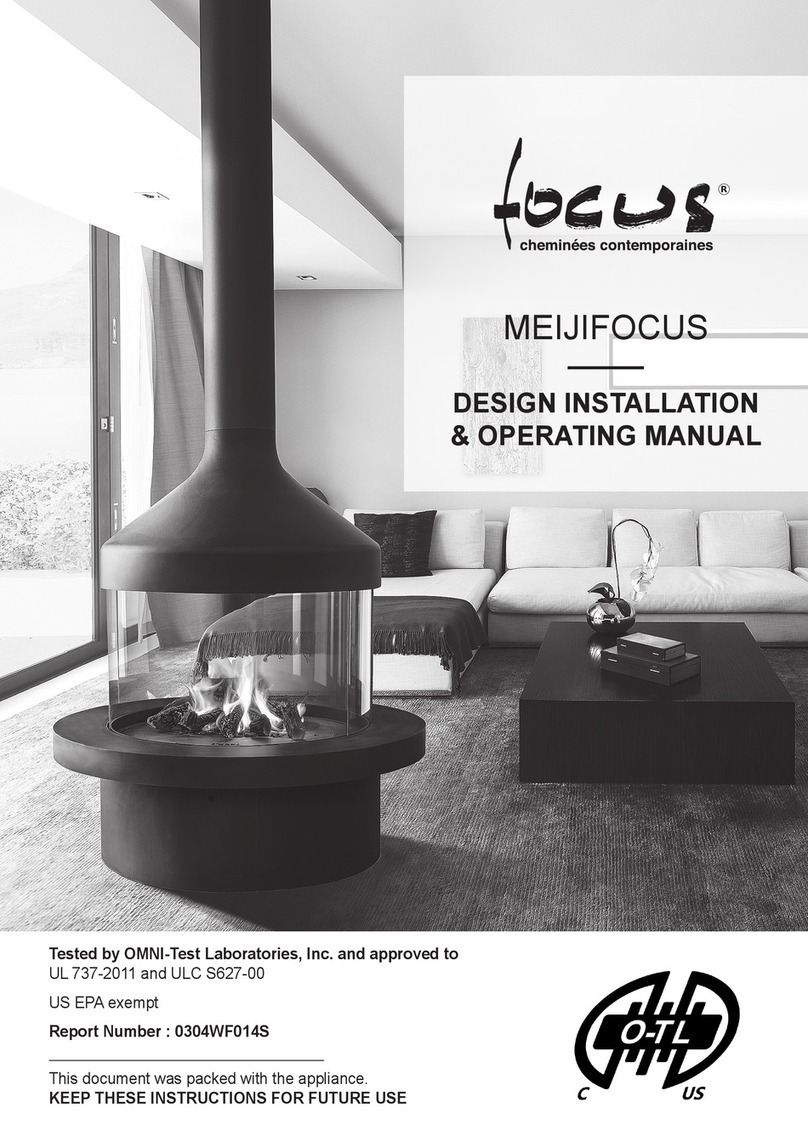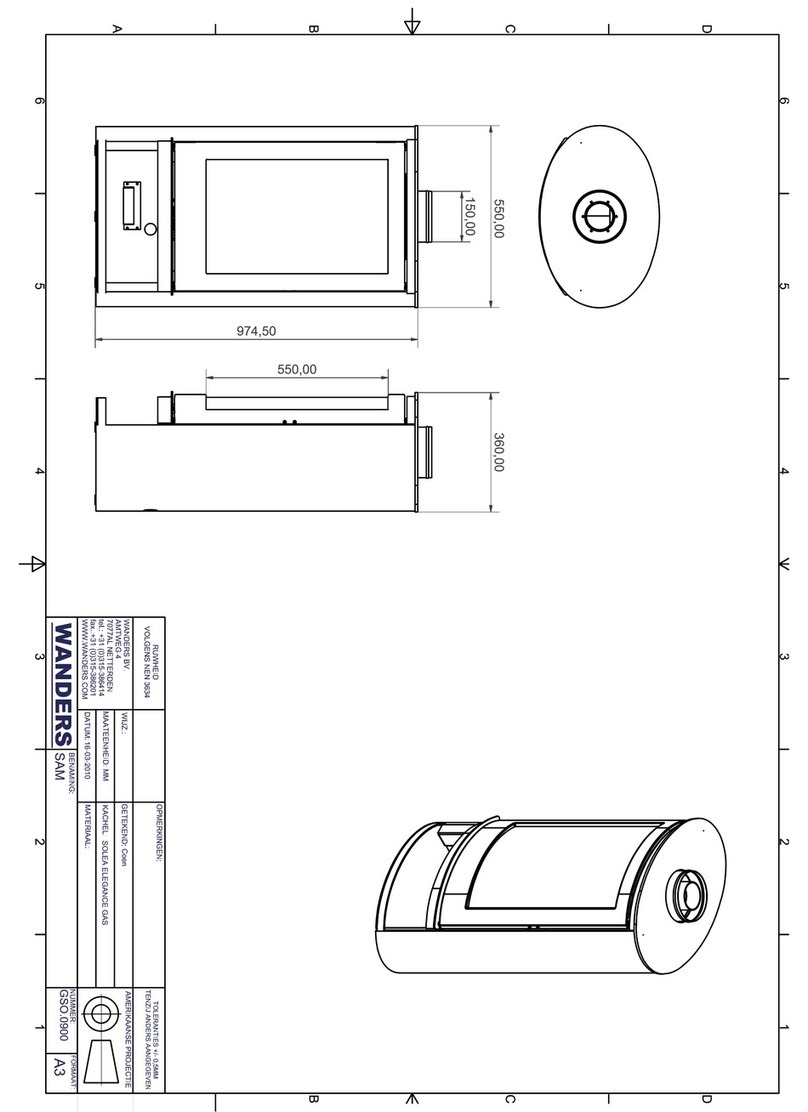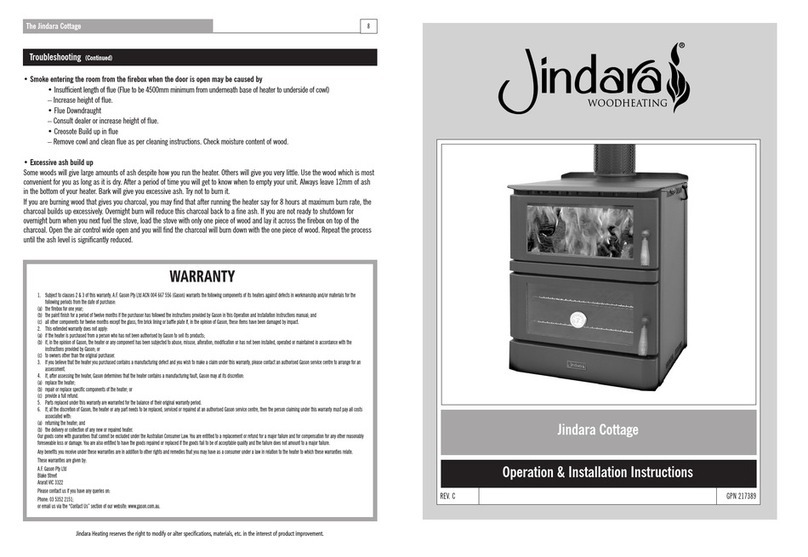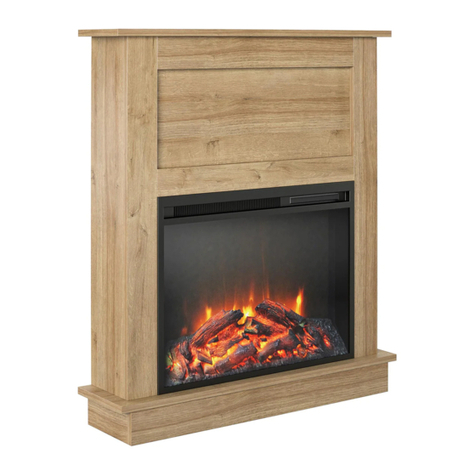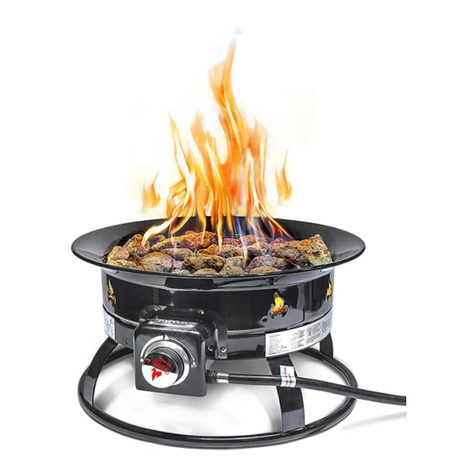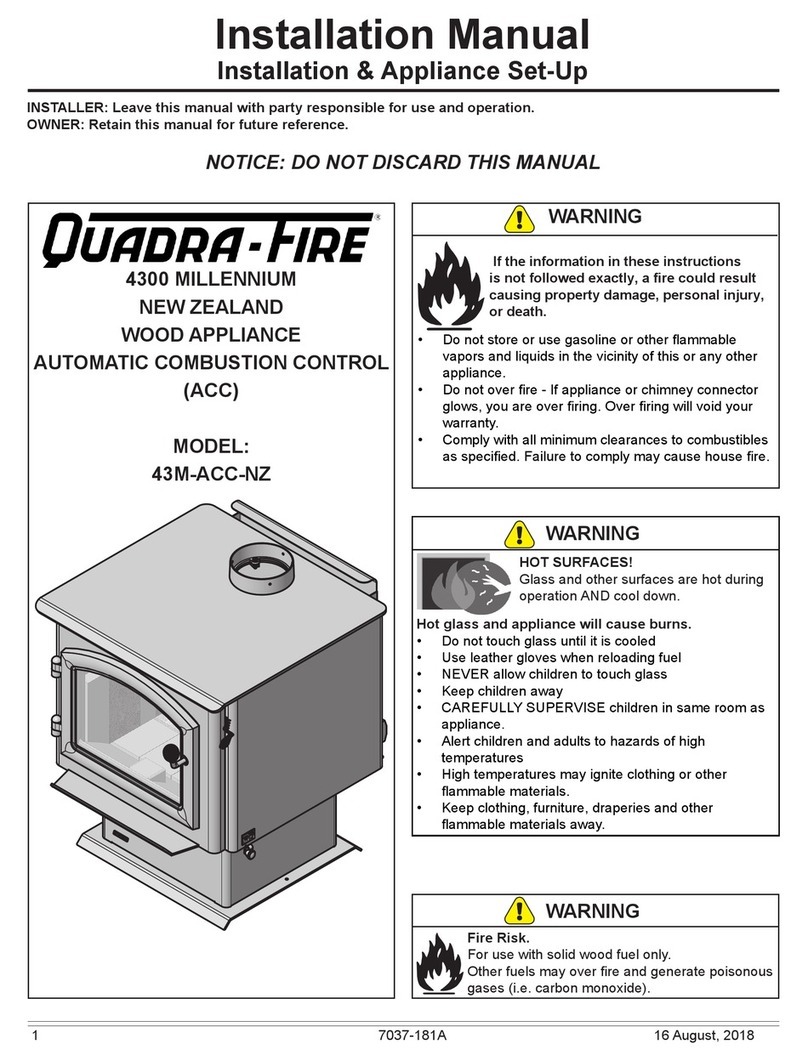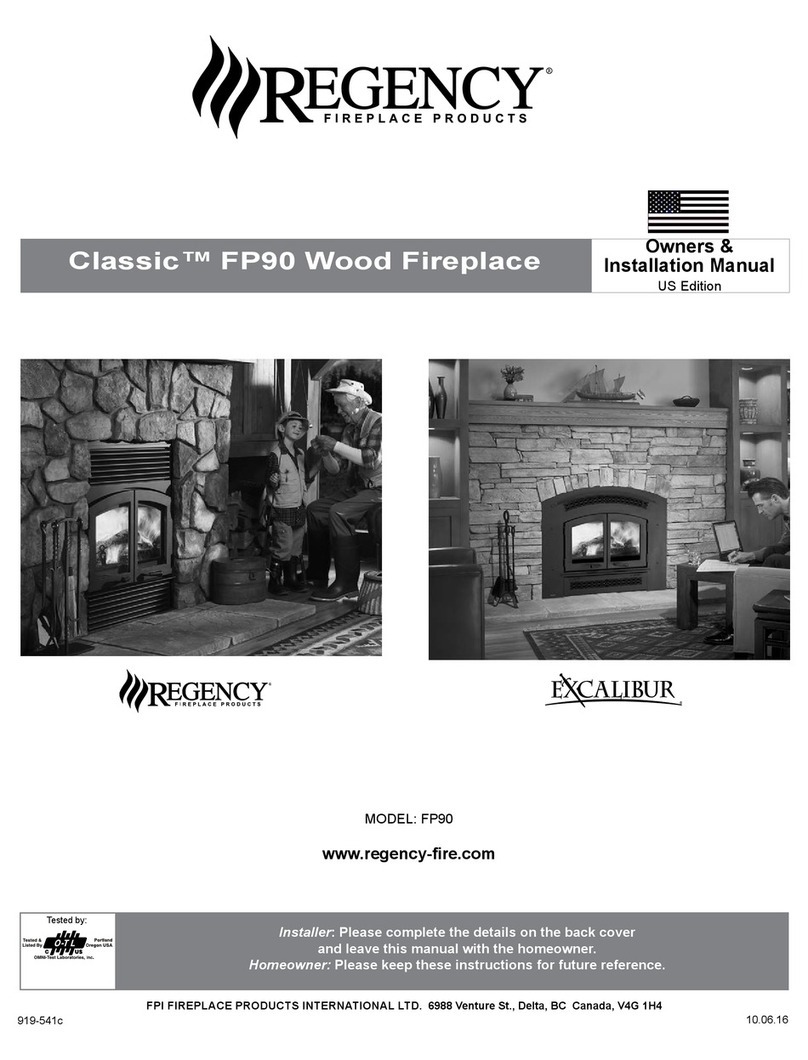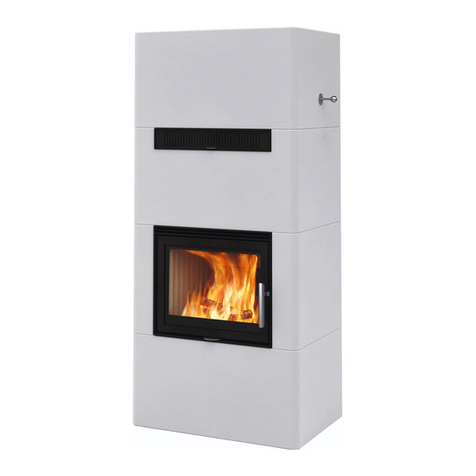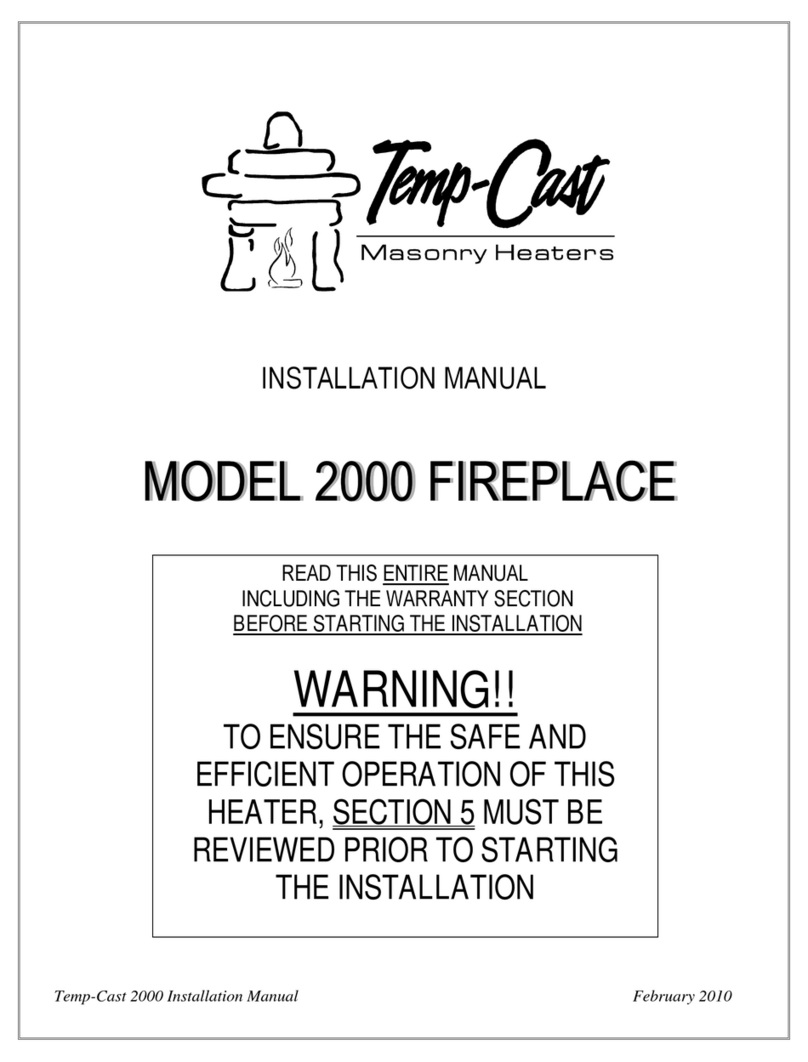SECTION IV - DRAFT & NEGATIVE PRESSURE
DRAFT BASICS
Chimney draft, in simple terms, is an
invisible force (air pressure), that we
trust will cause smoke and gases to
rise up the chimney and out of the
house.
A strong draft is dependent upon a
temperature difference between the
air inside, at the bottom of the
chimney and the air outside, at the
top of the chimney. If the air is
warmer inside than outside, this
temperature difference will create a
positive pressure in the chimney, or
"chimney draft." The greater the
temperature difference, the stronger
the draft. If no other factors work
against it, then this positive pressure
ensures that smoke rises up and out
of the house.
The principle seems very simple,
which is why homeowners are
usually quite confused and
distressed when their fireplace or
woodstove smokes or "back-puffs".
However, several factors can defeat
this potential positive draft, alone or
in combination with others. When
draft is defeated or overcome,
smoke and invisible combustion
gases may spill back into thehouse.
Recently, this "combustion spillage"
has been studied and found to be
quite common, affecting almost all
homes to varying degrees. It also
affects all combustion appliances -
fireplaces, woodstoves, gas and oil
furnaces, gas fireplaces, and gas
water heaters.
Persistent spillage is a serious
problem, since all combustion gases
from all fuel sources are potentially
harmful or fatal. Temp-Cast
fireplaces are a little less hazardous
in this regard, due to the fact that
they need not be burned at night,
(when spillage would goundetected),
and are only burned a few hours a
day, unlike most other types of
heaters.
THE STACK EFFECT
One of the most common
phenomena affecting draft is known
as "the stack effect."
The "stack effect" occurs most often
in a 2 or 3 story home, especially in
which there are open or leaky
windows or other small openings in
the upper floors.
A 2 or 3 story home is relatively tall
and insulated, forming a column or
"stack" of warm air running from the
basement up to the upper floors.
Warm air rising in the "stack" sets up
a positive pressure situation in the
upper parts of the home, where air
is flowing out, through leaks in the
upper windows, attic hatch, around
light fixtures, etc.
This sets up a negative pressure
situation in the basement, causing
fresh air to be drawn in, through
small leaks around doors, windows,
at the sill plate, and possibly, down
the basement chimney.
Somewhere between the basement
and first floor, the pressure situation
is balanced, which is known as the
"neutral pressure plane".
If a combustion appliance, such as a
fireplace or furnace, is located below
the neutral pressure plane, (i.e. in
the basement), then there is a very
good chance that the chimney draft
will be poor at best, as the stack



















